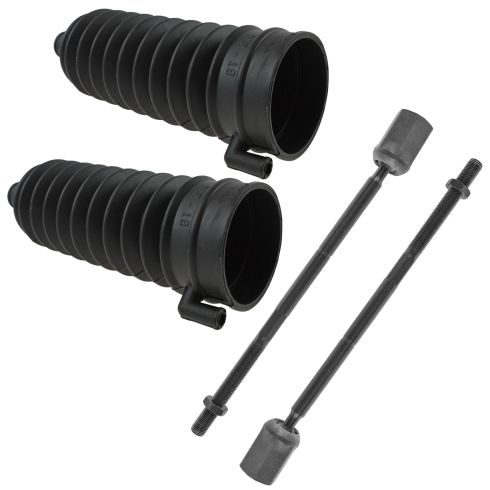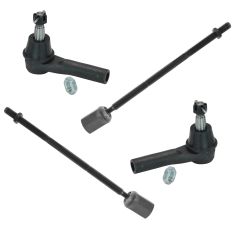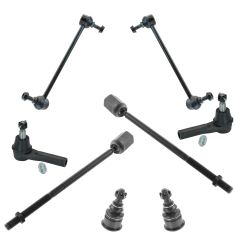1ASFK04277-Ford Taurus Mercury Sable Front Driver & Passenger Side 4 Piece Steering Kit TRQ PSA58593





Replaces
1996 Ford Taurus LX Front Driver & Passenger Side 4 Piece Steering Kit TRQ PSA58593



Recommended for your 1996 Ford Taurus
Product Reviews
Loading reviews
Customer Q&A
No questions have been asked about this item.
Ford is a registered trademark of Ford Motor Company. 1A Auto is not affiliated with or sponsored by Ford or Ford Motor Company.
See all trademarks.











